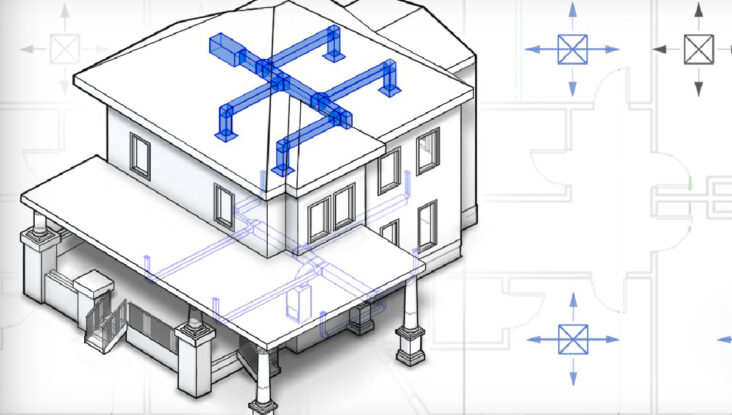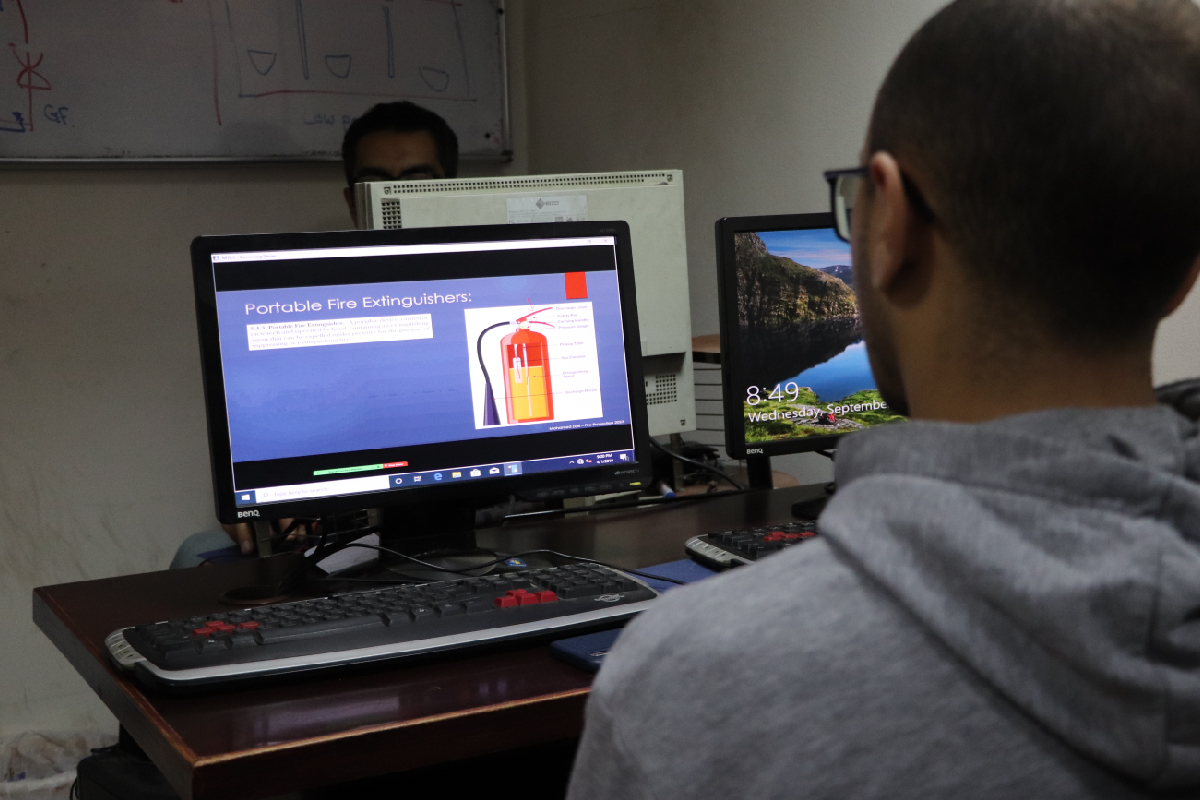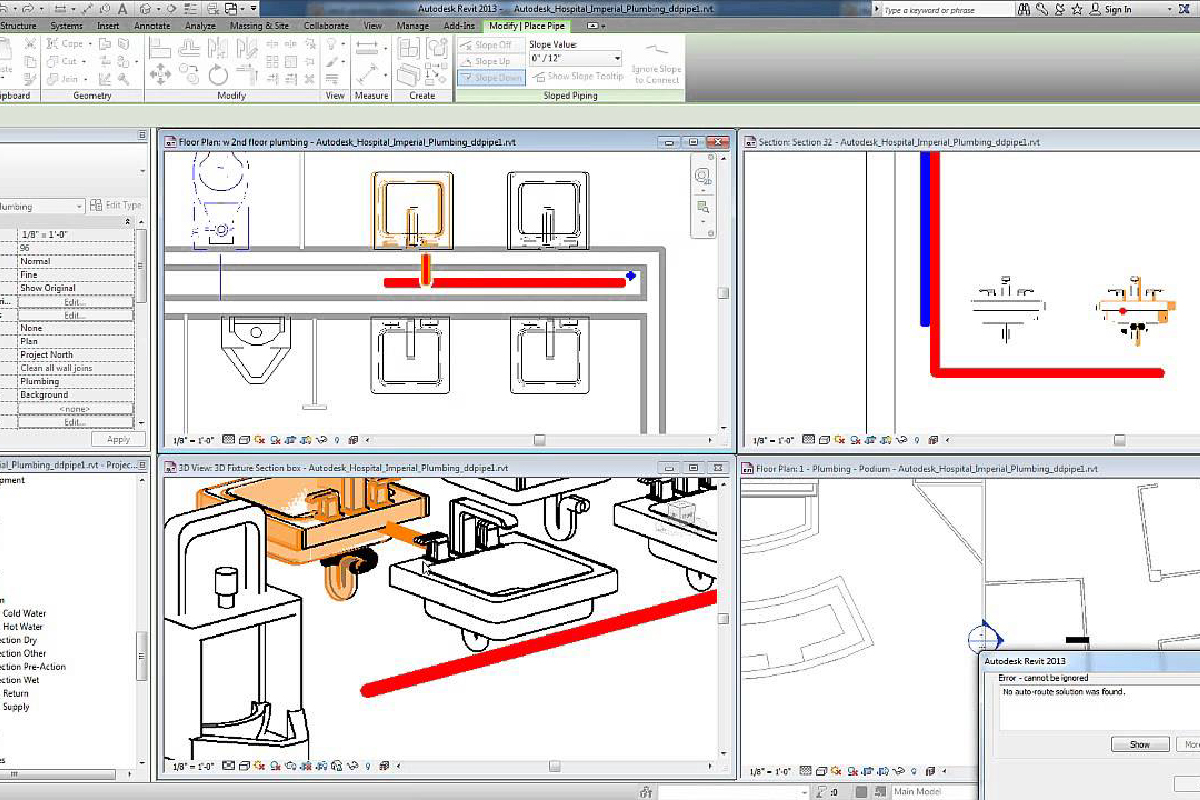Lecture 1: Introduction to Refrigeration and Air Conditioning Systems
Overview of the principles of air conditioning systems, their types, and their significance in building design.Lecture 2: Fundamentals of Psychrometrics and HVAC Processes
Introduction to air properties, psychrometric chart analysis, and fundamental HVAC processes.Lecture 3: Heat Load Calculations (Part 1)
Techniques for calculating heat loads based on climate and comfort zone.Lecture 4: Heat Load Calculations (Part 2)
Advanced heat load calculations, including indoor air quality and space partitioning.Lecture 5: Types of Air Conditioning Systems (DX, Split, VRF)
Comprehensive study of systems such as direct expansion, split units, and variable refrigerant flow systems.Lecture 6: Chilled Water Systems (AHU, FCU)
Understanding chilled water systems, including air handling units (AHU) and fan coil units (FCU).Lecture 7: Sizing and Selection of FCU & AHU
Practical application of sizing selection using FCU and AHU catalogs.Lecture 8: Ventilation and Air Quality Systems
Introduction to ventilation system design and the importance of maintaining optimal air quality.Lecture 9: Types of Ventilation Fans
Study of axial flow fans, mixed flow fans, and centrifugal fans and their applications in ventilation systems.Lecture 10: Air Distribution Systems (Duct Systems)
Design of duct systems, types, materials, calculations, and application of SMACNA standards.Lecture 11: Water Distribution Systems (Chilled Water Systems)
Sizing and selection of chillers, pumps, and piping for chilled water systems.Lecture 12: HVAC Design Considerations
Overview of system integration, engineering responsibilities, electrical considerations, and control systems.Lecture 13: Practical Project Using AutoCAD
Practical application project to implement HVAC design concepts using AutoCAD software.13 sessions, 39 hours
- Egyptian nationality
- Graduate (Faculties of Engineering, Mechanical Department)
- Computer knowledge
- Knowledge of using AutoCAD
- Age up to 35 years
- Determine the status of the army for male candidates
- Seriousness and commitment
- Passing the personal interview





